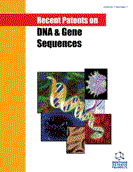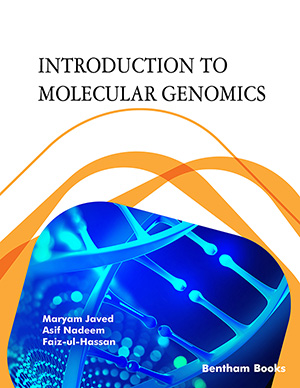Abstract
Gene therapy is defined as the transduction of organisms or cells with replication-deficient recombinant viruses containing the desired gene or genes. Many replication-deficient viruses are currently used or have been proposed as gene transduction vectors. Examples include retroviruses, adenoviruses, adeno-associated viruses and herpesviruses. Although gene therapy seems to be feasible using recombinant viruses, all involve significant problems that limit or preclude their applicability to gene therapy in a clinically relevant setting. Many reasons for these difficulties lie in the nature of the viral agents used to introduce the foreign gene(s) in question. SV40 (Simian Virus-40) has been demonstrated to provide a unique vector for gene therapy which has several advantages over any of the currently available viral vectors. This review will discuss recent patents on making SV40 vectors from SV40 virus, on designing improved packaging cell lines for SV40 production, and ultimately, on producing SV40-like nanoparticles devoid of SV40 genome sequences. These patents and patent applications provide valuable information essential for fighting multiple diseases using gene therapy..
Keywords: SV40, vectors, gene therapy, packaging cell lines, virus-like nanoparticles
 5
5











